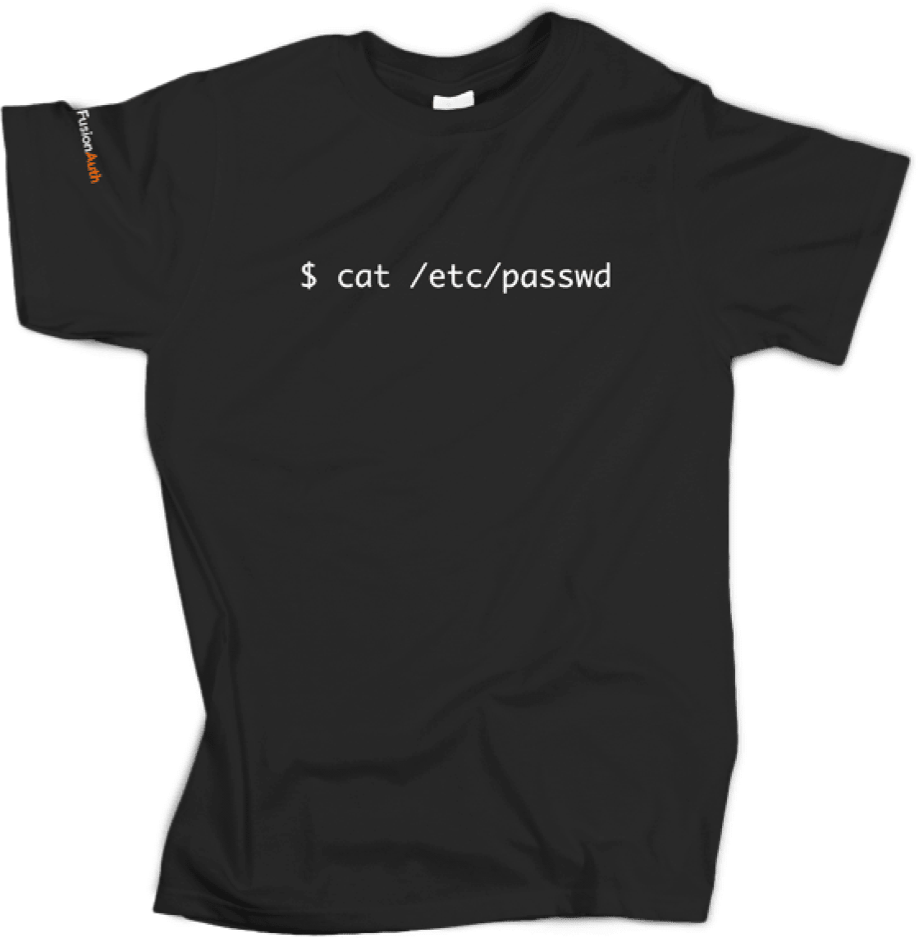
Use the following Docker Compose commands to get up and running quickly with FusionAuth, PostgreSQL, and Elasticsearch. This command assumes you are running Linux, macOS, or a Unix variant. You might need to modify it if you are using a different operating system. Feel free to open an issue in GitHub if you find any issues.
Then open http://localhost:9011 in your browser.
Use the following Docker commands to start just FusionAuth without a database. You'll need to install and configure a database manually. Feel free to open an issue in GitHub if you find any issues.
Step 1: Install FusionAuth Docker container
Step 2: Start the Docker container
Then open http://localhost:9011 in your browser.
Copy and paste the code below and we'll do the rest (feel free to read the install scripts first). This installation method installs the FusionAuth ZIP packages into the current working directory. You'll also need to manually install a database for FusionAuth to work. You can learn more about our Fast Path installation in our Fast Path Installation Guide. Feel free to open an issue in GitHub if you find any issues.
You'll need to run the startup.sh script as well. Once that has been run, you can open http://localhost:9011 in your browser.
Follow the steps below to install FusionAuth on a Debian/Ubuntu style Linux. This installation method installs the FusionAuth platform packages (DEBs) and will require sudo access. This command assumes you are using Bash. You might need to modify it if you are using a different shell. You'll also need to manually install a database for FusionAuth to work. Feel free to open an issue in GitHub if you find any issues.
Then open http://localhost:9011 in your browser.
Follow the steps below to install FusionAuth on Red Hat or other RPM-based distribution. This installation method installs the FusionAuth platform packages (RPMs) and will require sudo access. This command assume s you are using Bash. You might need to modify it if you are using a different shell. You'll also need to manually install a database for FusionAuth to work. Feel free to open an issue in GitHub if you find any issues.
Then open http://localhost:9011 in your browser.
Follow the steps below to install FusionAuth on Kubernetes using Helm. You’ll need to have a running kubernetes cluster, please visit our documentation for specific steps for cluster setup instructions. You'll need to update values.yml with database and Elasticsearch configuration information. Please review the Kubernetes Installation Guide for more details.
Then open http://127.0.0.1:9011 in your browser.
Follow the steps below to install FusionAuth on Kubernetes using Helm. You’ll need to have a running kubernetes cluster, please visit our documentation for specific steps for cluster setup instructions. You'll need to update values.yml with database and Elasticsearch configuration information. Please review the Kubernetes Installation Guide for more details.
Then open http://127.0.0.1:9011 in your browser.
Follow the steps below to install FusionAuth on Kubernetes using Helm. You’ll need to have a running kubernetes cluster, please visit our documentation for specific steps for cluster setup instructions. You'll need to update values.yml with database and Elasticsearch configuration information. Please review the Kubernetes Installation Guide for more details.
Then open http://127.0.0.1:9011 in your browser.
Follow the steps below to install FusionAuth on Kubernetes using Helm. You’ll need to have a running kubernetes cluster, please visit our documentation for specific steps for cluster setup instructions. You'll need to update values.yml with database and Elasticsearch configuration information. Please review the Kubernetes Installation Guide for more details.
Then open http://127.0.0.1:9011 in your browser.
Follow the steps below to install FusionAuth on Kubernetes using Helm. You'll need to update values.yml with database and Elasticsearch configuration information. Please review the Kubernetes Installation Guide for more details.
Then open http://127.0.0.1:9011 in your browser.
Copy and paste the code below into Terminal/iTerm and we'll do the rest (feel free to read the install scripts first). This installation method installs the FusionAuth ZIP packages into the current working directory. You'll also need to manually install a database for FusionAuth to work. You can learn more about our Fast Path installation in our Fast Path Installation Guide. Feel free to open an issue in GitHub if you find any issues.
You'll need to run the startup.sh script as well. Once that has been run, you can open http://localhost:9011 in your browser.
Copy and paste each command below into Terminal to install using Homebrew. You'll also need to manually install a database for FusionAuth to work. You can also review our Homebrew Installation Guide for more information. Feel free to open an issue in GitHub if you find any issues.
STEP 1: Install the FusionAuth tap, this will only need to be performed once
STEP 2: Install the FusionAuth tap, this will only need to be performed once
STEP 3: Install the FusionAuth tap, this will only need to be performed once
Then open http://localhost:9011 in your browser.
Copy and paste the code below into PowerShell and we'll do the rest (feel free to read the install scripts first). This installation method installs the FusionAuth ZIP packages into the current working directory. You'll also need to manually install a database for FusionAuth to work. You can learn more about our Fast Path installation in our Fast Path Installation Guide. Feel free to open an issue in GitHub if you find any issues.
You'll need to run the startup.ps1 script as well. Once that has been run, you can open http://localhost:9011 in your browser.
Follow the Microsoft documentation to install Debian/Ubuntu using WSL 2 and then follow the Linux install directions by clicking the Linux tab above.
Looking for our standard packages (DEB, RPM and ZIPs)? They are stored in our direct downloads.
Want to check out FusionAuth before installing? Check out our sandbox environment.
P.S. our sandbox environment is running on FusionAuth Cloud.

You're going to have to expand your screen, and or circle back to this section on your Desktop/Laptop if you wish to play with our awesome code.
Talk to our identity experts about FusionAuth software, hosting or your auth use case. We bring an Engineer to every call.

Follow our 5-Minute Guide to complete the setup process. You can follow along or stop after step 3.

Take a screenshot of the Dashboard.

Send your screenshot and enter your information in this form.

Okay, you've downloaded FusionAuth. What would you like to do next?
FusionAuth is a complete solution with no sacrifices. We got this. Go build something awesome.